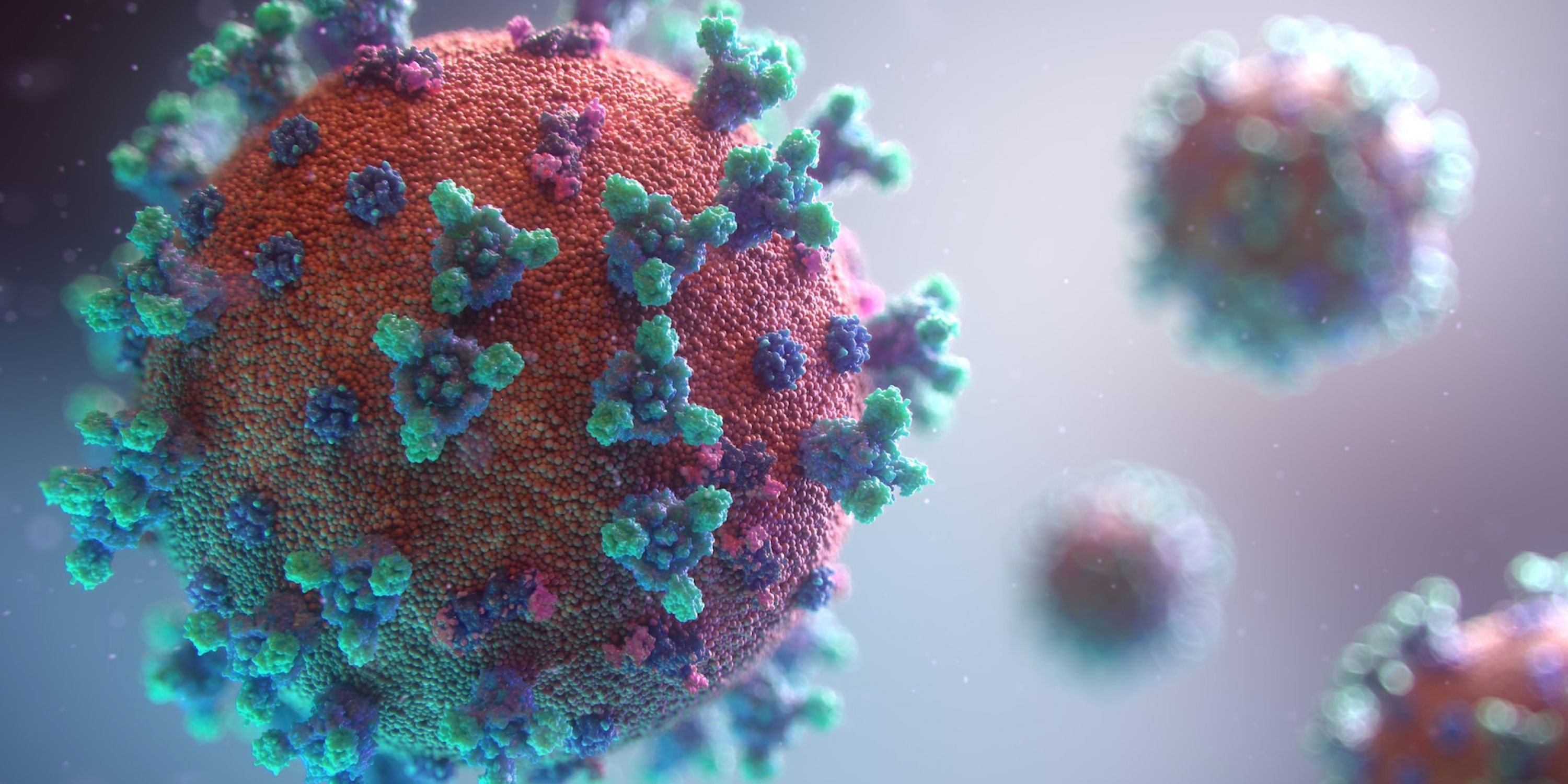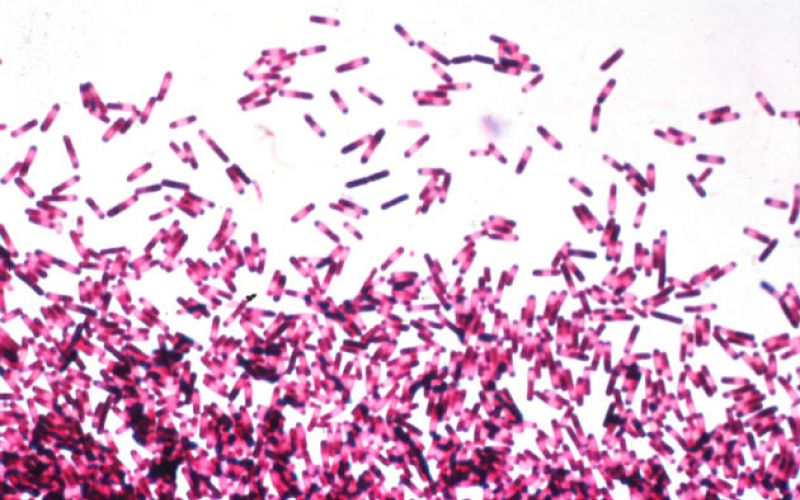
Other Categories
The COVID pandemic put a great strain on the entire world – and no one felt the stress more than healthcare workers and emergency response teams who were immersed in a

fight to save lives while battling the most deadly virus we’ve seen in our lifetime. Some hospitals were forced to abandon basic infection prevention best practices in order to address the mass influx of COVID patients and related deaths. The pandemic pushed healthcare facilities, health departments, and communities near their breaking point, and much of the progress to combat antibiotic-resistant (AR) infections was lost. According to the CDC, “the COVID-19 pandemic undid years of progress in the fight against Antimicrobial Resistance (AMR).”
Each year in the United States, more than 3 million AR infections occur, with nearly 50,000 deaths as a result. While C. diff is not yet considered antibiotic resistant, its spores can be particularly challenging because they can live for up to 5 months on surfaces and EPA-registered bleach products recommend dwell times as long as 10 minutes to deactivate this stubborn pathogen.
As pathogens emerge and spread, they develop new types of resistance, and they can share their resistant genes with other germs (mobile genetic elements) which makes those germs much harder to treat. The CDC’s 2020 AR Threats Report listed 18 deadly antibiotic-resistant bacteria and fungi that are categorized as urgent, serious, or concerning based on the level of concern for human health. C. diff was among those designated urgent public health threats.
The epidemiological community is highly concerned about antibiotic resistance and frequently discusses the need to prepare – knowing COVID is a precursor to other emerging diseases and, inevitably AR pathogens becoming more widespread. Adding to the problem, pharmaceutical companies have abandoned the antibiotic market due to a lack of financial incentives. We’re already seeing increased healthcare-associated infection rates due to antibiotic-resistant bacteria. In fact, the U.S. is currently seeing an alarming spread of deadly Candida auris infections. CRE hot spots are popping up across the U.S. and of course, we still have the usual suspects – MRSA, C. diff, VRE, and P. aeruginosa among others.
The pandemic proved that one widespread disease can have detrimental, long-lasting ramifications. While hospitals were doing everything they could to combat COVID, it’s estimated that hospital-onset infection deaths increased by at least 15%. MRSA infection rates increased by 30%, VRE infection rates increased by 44%, and there was a 27% increase in gram-negative infections, according to a survey of 148 hospitals during COVID surges.
Another correlation to the increase in hospital-acquired infection (HAI) rates may be related to CMS pausing its Hospital-Acquired Condition (HAC) Reduction Program during the pandemic, which has yet to be fully reinstated. Hospitals are not currently penalized for high infection rates. The increase in HAI rates suggests that when there’s no penalty, avoiding infections may not be as high of a priority. People seeking medical care have the ability to review healthcare facilities in their area and choose the facility that has the best performance for their medical needs.
The CDC released a national action plan that includes five core actions to help prepare the US for disease threats as they continue to emerge worldwide:
- Reduce the spread of germs and prevent infections from occurring in the first place.
- Improve data collection by tracking and sharing.
- Improve appropriate use of antibiotics (antibiotic stewardship).
- Improved access and diagnostics for better prevention and treatment.
- Improve sanitization and access to safe water to help prevent infections and reduce the need for antibiotics.
So how do we help? The reality is everyone has an important role in the future of antibiotic resistance.
Resistant germs are more common in hospitals than in the community. Staying in a healthcare facility remains one of the biggest areas of risk of acquiring an antibiotic-resistant infection, and patients who are compromised have a greater risk of contracting an infection during a hospital stay.
It’s important to remember that transmission of antibiotic-resistant pathogens can also occur between patients and their friends/family who visit them while they’re in the hospital. Educating patients and their visitors about the importance of hand hygiene and best practices to reduce the risk of transmission are critical. There’s also no harm in asking others to clean their hands.
Where do we go from here? How do we apply the same great focus and effort we made during the pandemic to the world we live in today? If we work together and continue to take aggressive action to prevent the spread of infection, we will be better equipped to battle the emergence and spread of antibiotic-resistant diseases.
Mark “Tuck” Stibich, MHS, PhD, FIDSA is an Epidemiologist, Founder and Chief Scientific Officer of Xenex Disinfection Services.




Leave a Reply